At first glance, LED lights seem deceptively simple. Plug them in, flip the switch, and your room is bathed in light. Just like that. Their uniform appearance might even lead you to think they’re simple to understand, too. But don’t let this facade fool you.
Behind the soft or bright glow lies a complex world of parameters that ensure your LED light is safe, reliable, and efficient. To discern a top-notch LED light from an inferior one is no child’s play. It involves an array of precision instruments, meticulous training, and a good deal of experience.
So, are you ready to dive into the fascinating world of LED light testing? Below, we’ll walk you through 12 essential tests that each LED light has to pass before illuminating your spaces. We’ll break down what they are, how they’re performed, and why they’re crucial to your lights.
Remember, these tests aren’t just some random procedures. They’re stringent quality control measures employed by global leaders in lighting. So, buckle up and join us on this enlightening journey, following the lead of these industry titans. Stay tuned to become a more informed consumer, armed with the know-how of what goes into crafting a high-quality LED light.
Safety Test
At SINOLUMI, ensuring the safety of our LED lights is a priority. Here’s how we do it:
Our lights are made to be safe. We protect our users from risks like electric shocks or fire hazards. We follow the safety rules of each country and test our LED lights to ensure they meet these standards. If a light doesn’t pass, we don’t sell it.
Test Programs: We conduct several tests, such as the Withstand test (Hi-Pot test), insulation resistance test, and ground resistance test. These help us make sure our lights are safe and reliable.
Test Equipment: We use specialized equipment like Withstand testers, insulation testers, and grounding resistance testers for these tests.
Applicable Standards: Our tests align with international standards like GB7000.1/IEC60598/UL1598/UL153.
Note: The Hi-Pot test is destructive, but the insulation and ground resistance tests are not. This means we only use the Hi-Pot test on a few samples, and not on the lights we’re going to sell. Also, if we’re making a series of 9W, 15W, and 18W downlights, we test three samples of each wattage for safety. Finally, we also run insulation and ground resistance tests on lights before shipping them out, just to make sure they’re still safe.
Let’s introduce these tests one by one:
Withstand test (Hi-Pot test): Ensures the electrical insulation materials and clearances in the LED product are sufficient to prevent electrical breakdown under high voltage.The hi-pot test is a crucial safety measure that tests the electrical insulation of a product for any current leakage or dielectric breakdown. It involves stressing the product’s insulation at higher voltage levels than those experienced during normal use, measuring the electrical current that flows through the insulation.
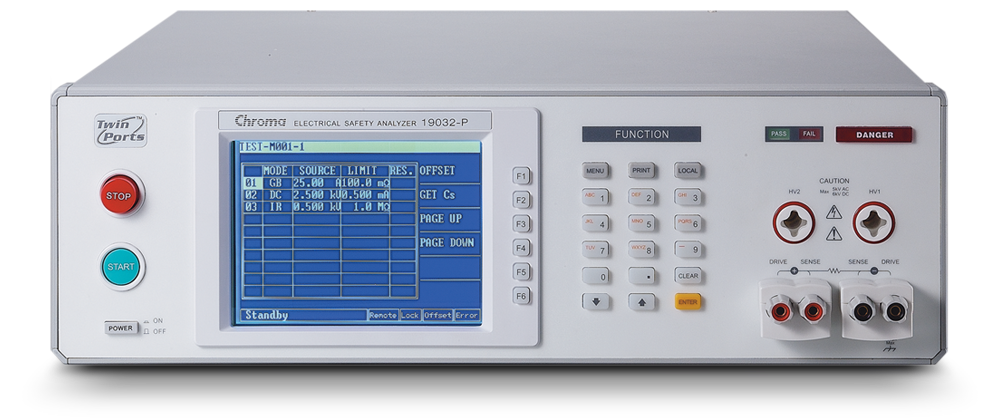
Insulation Resistance Test: This test helps us confirm that the insulating material in our LED lights is performing its job correctly. We measure the resistance of the insulator by applying a small voltage and then measure how much current leaks through the insulator. Higher resistance means fewer chances of an electrical shock, thus ensuring user safety.
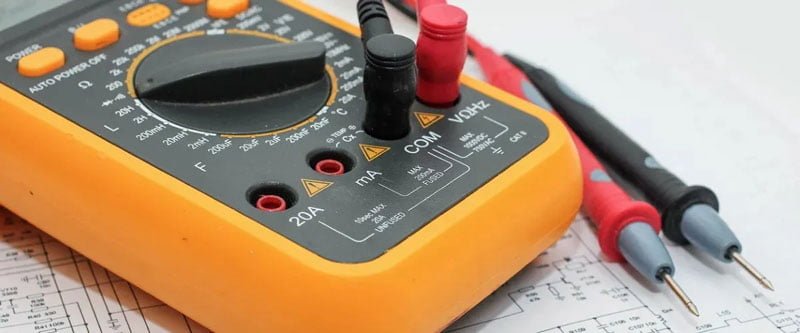
Ground Resistance Test: This test is especially important for LED lights that come with a ground (or earth) wire. The ground wire is an additional path for electrical energy to return safely to the ground without endangering anyone in the event of a short circuit. During this test, we measure the resistance between the grounding conductor of the LED light and the ground. A lower value here is desirable because it means electrical energy can easily flow to the ground if needed.
Spectrum Test
We believe a high-quality LED light goes far beyond just lighting up. That’s why we conduct thorough Spectrum Tests. These checks ensure that our LEDs have the right color consistency, color rendering, color temperature, and brightness.
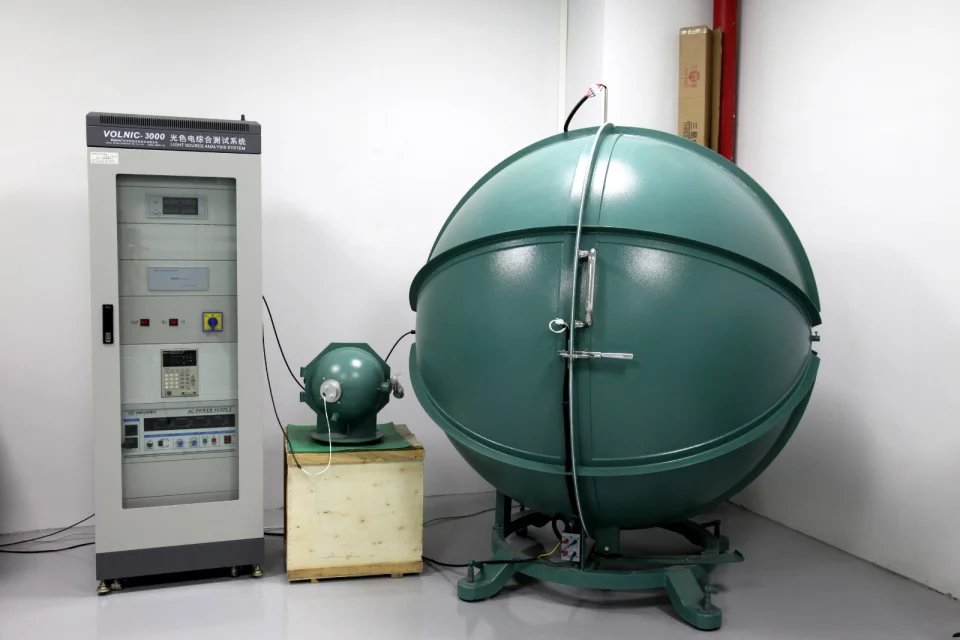
Spectrum Test is how we ensure the quality of light produced by our LEDs. It involves checking key factors such as the total lumen output, lumen efficiency, color temperature (CCT), color rendering index (CRI), and color consistency (SDCM).
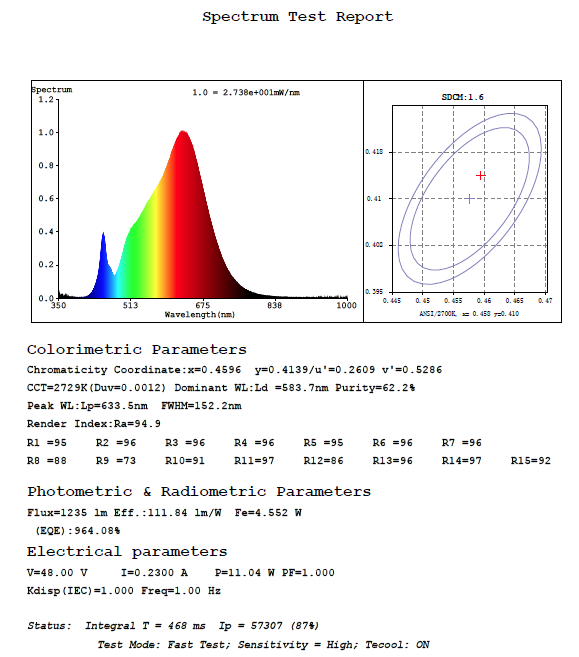
- Test Programs: Our tests look at the total lumen output, lumen per watt, color temperature (CCT), color rendering indices (Ra, R1-R15), chromaticity (CRI), color consistency (SDCM), and wavelength.
- Test Instruments: We use an integrating sphere, a spectrum tester, and precision AC and DC power supplies for these tests.
- Test Standard: We follow the LM-79 testing standard.
At SINOLUMI, we are committed to producing LED lights that offer not only superior illumination but also exceptional color and brightness consistency. Your trust in our products motivates us to ensure that each LED light we produce upholds the highest standards of quality.
Light Distribution (IES) Test
The light distribution indicates how a LED light disperses its illumination onto a surface. To ensure our LED lights provide optimal lighting patterns and efficiency, we perform the Light Distribution (IES) test to generate IES, and LDT files to help with lighting design.
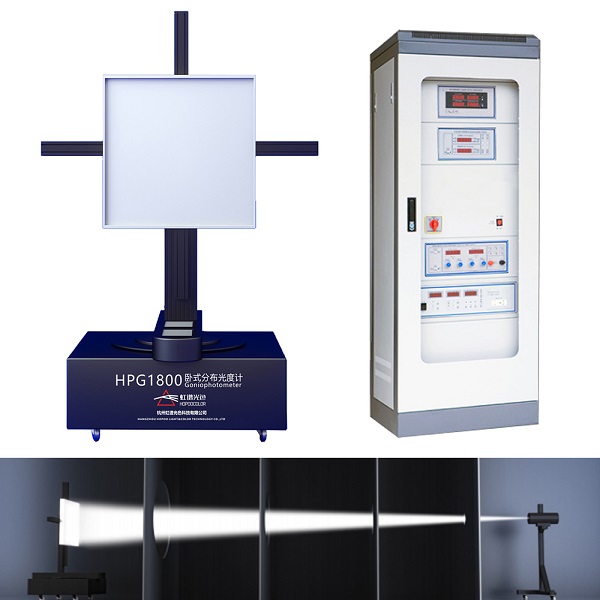
- Test Programs: Total lumens, lumens/watt, UGR, beam angle, light intensity distribution map, light intensity.
- Test instruments: Light distribution performance test system, intelligent AC tester with special power supply, stabilized precision digital DC power supply, turntable controller, and a dark room.
- Applicable standard: LM-79
While both the Spectrum Test and the Light Distribution Test measure Total Lumen and Lumen/Watt, they apply to different types of LED lights. If applied to the inappropriate type of LED lights, it will have a significant influence on the accuracy of the test results. Therefore, we carefully select the appropriate tests for each LED light type to ensure accurate results.
The Spectrum Test is best suited for general lighting fixtures like LED bulbs, panel lights, or downlights.The Light Distribution Test is ideal for directional lights such as spotlights, floodlights, or streetlights.
IP Rating Test
Water leakage is the top of all quality problem with outdoor LED lights. Ensuring our lights’ sealing effectiveness against dust and water is a crucial part of our manufacturing process, given that water leakage can significantly reduce a light’s lifespan.
To verify our LED lights’ resilience against water, we conduct rigorous IP Rating Tests, covering different levels of exposure:
- IP20: dust-resistant, not waterproof.
- IPX4: We simulate light to moderate rain, ensuring our lights can withstand outdoor conditions. Test method: Pendulum test with a water flow rate of 0.07L/min per hole, and lasts for 10 minutes; Nozzle test with water flow of 10L/min, and also lasts for 10 minutes;
- IP65: The lights are tested to resist heavy rain, equivalent to 12.5L/min of water for 15 minutes – like facing 25 bottles of mineral water sprayed per minute.
- IP66: For torrential rain scenarios, the lights endure water at a rate of 100L/min for 3 minutes, which is like being sprayed with 200 bottles of mineral water per minute.
- IP67: We test the lights under submersion conditions, keeping them 1 meter underwater for 30 minutes.
Remember, the long-term waterproof performance also depends on the material’s lifespan and correct installation.
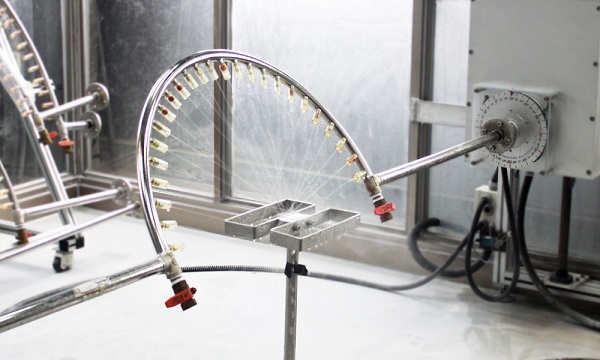
Lightning and Surge Immunity Testing
This test checks how the LED product withstands electrical surges. A surge can be caused by lightning or switching on/off of other heavy devices on the same electrical line. The unstable voltages and lightning strikes could cause potential destructive effects on electronic products.
We simulate different voltages and phases to perform impact tests on our lights, verifying if they exhibit strong protection against lightning and fluctuations in power grids. All tests are conducted following the GB/T17626.5-2019/IEC61000-4-5:2014 standards and using a professional lightning surge generator. Our LED lights are rigorously tested to ensure they could maintain their performance under such extreme conditions.
EMI Test (Electromagnetic Interference)
In the past, we might have observed the computer screen becoming distorted with “snowflakes” or flickers when a phone call comes in. This is due to EMI – the phone signal was interfering with the electronic components of the computer monitor.
In a similar way, EMI can also affect LED lights. That’s why we at SINOLUMI conduct rigorous EMI testing on our LED products. The goal of this test is to ensure that our LED lights do not cause, nor are they affected by, electromagnetic interference. This means they won’t flicker or display any other visual issues when exposed to common sources of EMI, providing a stable and consistent lighting experience for our users.
We make sure our lights don’t interfere with other electronics by conducting conducted and radiation interference tests in an electric wave dark room. The testing complies with the EN55015 standard.
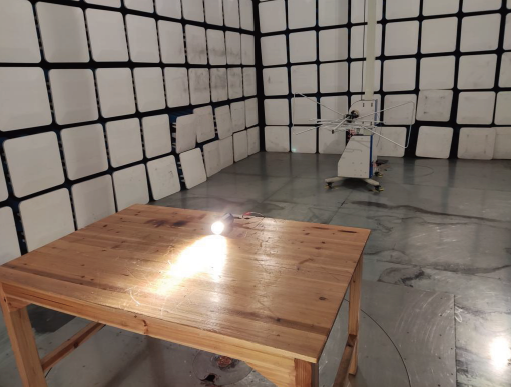
Vibration Test
We simulate transportation vibrations to guarantee that our lights stay intact and functional during delivery and use. The tests include sine and random vibration on a compliant vibration table for at least 30 minutes, following the IEC 60068-2-6:2007 standard.
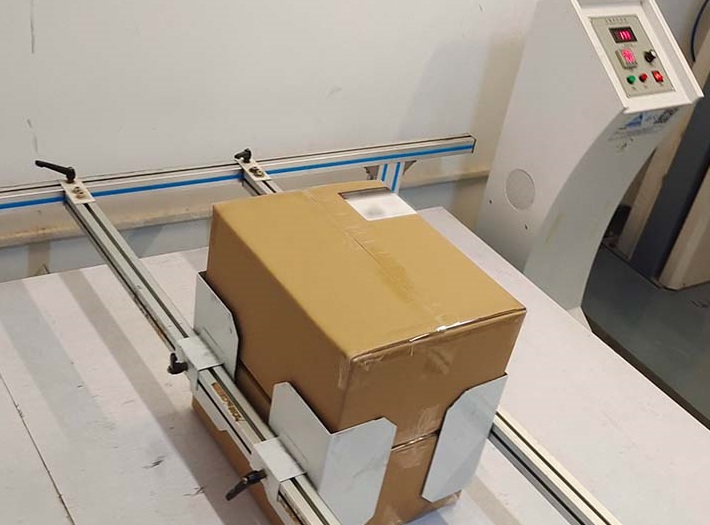
Free Fall Test (Drop Test):
We test the packaging’s resistance to possible falls or shock during transportation by dropping it from a standard height.
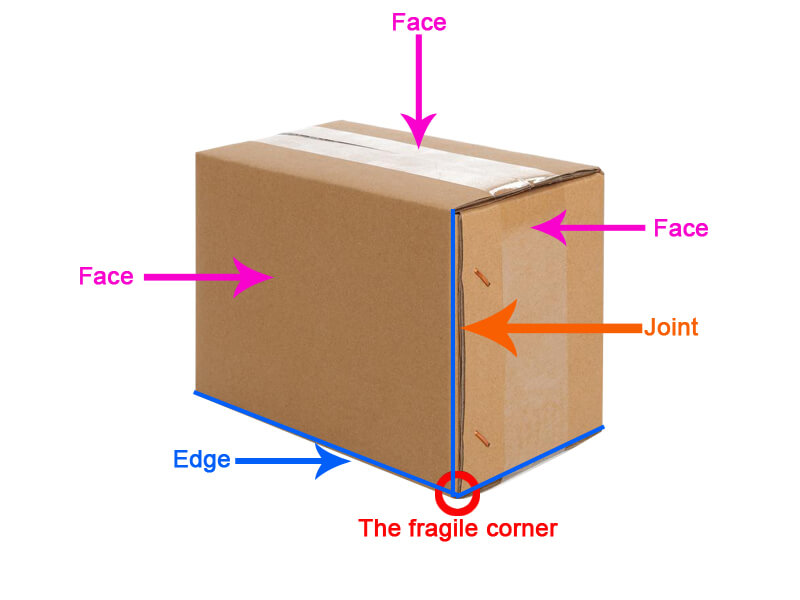
Tensile Test:
LED lights require secure connections to the power supply to function optimally, and this is why we carry out a thorough tensile test on our products.
This test ensures that the copper wires used in our LED lights will not become loose or disconnected, which could lead to malfunctions or, in some cases, allow water to infiltrate the fixture.
The components tested include wires or flexible cables, especially those outside the light housing, and the terminals. By following the GB 7000.1-2015/IEC 60598-1:2014 standards with our tensiometer, we confirm the durability and strength of these components against pulling forces. This is one of the ways we ensure the reliability of our LED lights, preventing any potential issues that could affect their performance.
Temperature Measurement Test
The Temperature Measurement Test is an essential procedure we implement to assess the thermal management of our LED lights. It’s a well-known fact that excess heat can significantly reduce the lifespan of LED lights, and this test helps us identify any potential issues related to overheating.
During the test, the LED light is powered on for a specific period under a defined ambient temperature. We then measure the maximum temperature of each critical component of the LED light. This information allows us to predict the lifespan of the light based on its specifications and our extensive experience.
Generally, we focus on key components such as the driver’s housing, negative pole of the light source, IC, MOS tube, transformer, output capacitor, and CBB capacitor. We utilize specialized equipment like thermal imagers and Multiplex Temperature Testers for precise measurements, ensuring our LED lights perform optimally and safely in various conditions. The test follows the GB 7000.1-2015/IEC 60598-1:2014 standards.
Reliability Test
We simulate prolonged use and harsh conditions to verify the performance, stability, and luminous flux maintenance rate of our lights. Tests include high/low temperature, humidity tests, and repeated ON/OFF tests.
The Reliability Test is a critical component of SINOLUMI’s testing suite. We perform these tests to simulate long-term use or operation in harsh environments. The primary goal is to confirm the stability of our LED lights, their ability to maintain a consistent luminous flux, and other performance factors.
We conduct several test programs to ensure our products can withstand various conditions. These include the 85℃+85 Humidity test to simulate damp heat conditions, high-temperature and low-temperature tests to verify performance in extreme heat and cold, the repeated ON/OFF test to assess the durability of the switching mechanism, and the high and low-temperature impact test to confirm resistance to rapid temperature changes.
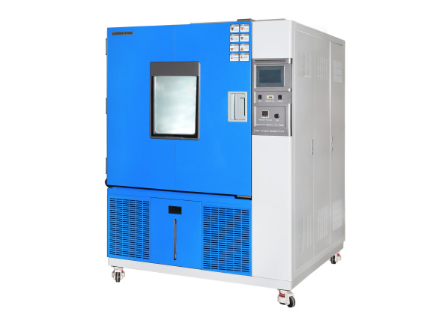
For these tests, we use specialized equipment such as a high-temperature box and a high and low-temperature box to replicate these conditions accurately. These comprehensive tests ensure that SINOLUMI LED lights consistently deliver high-quality, reliable performance.
Production Process and Workmanship Inspection
The Production Process and Workmanship Inspection at SINOLUMI involves a thorough review of our manufacturing procedures and the quality of our craftsmanship. We ensure that the structure and materials of our LED products comply with industry standards, specific customer Bill of Materials (BOM) requirements or the initial sample.
This inspection covers several aspects, including the soldering process, heat dissipation process, wiring practices, driver and lightning protector brand quality, light source model, light body material, and more. Each element undergoes a visual inspection for quality assurance.
Conclusion:
LED lights are much more complex than they seem, with their performance, safety, and reliability hinging on a host of factors. At SINOLUMI, we employ a rigorous testing process to ensure each LED light we produce is up to the highest standards. From safety tests that guard against electric shocks or fires, to spectrum tests that guarantee optimal color and brightness, to durability tests that simulate harsh environmental conditions, each step of our testing process is designed to deliver a product that performs flawlessly in a range of settings. Our commitment to quality assurance and our meticulous testing procedures underline our dedication to delivering the best LED lighting solutions for our customers.
